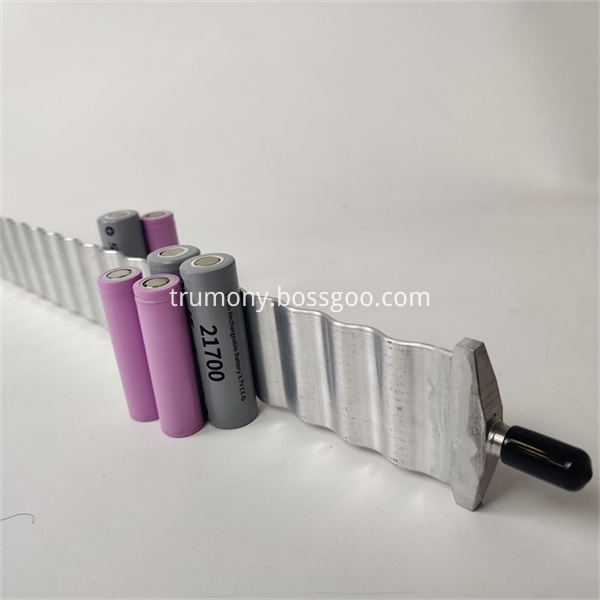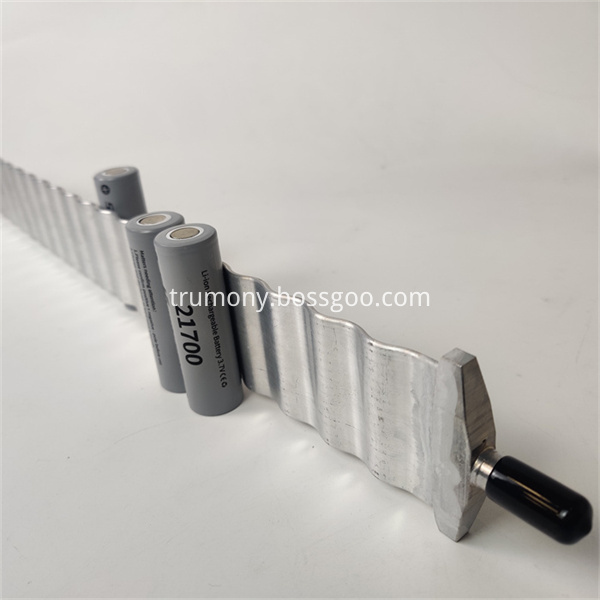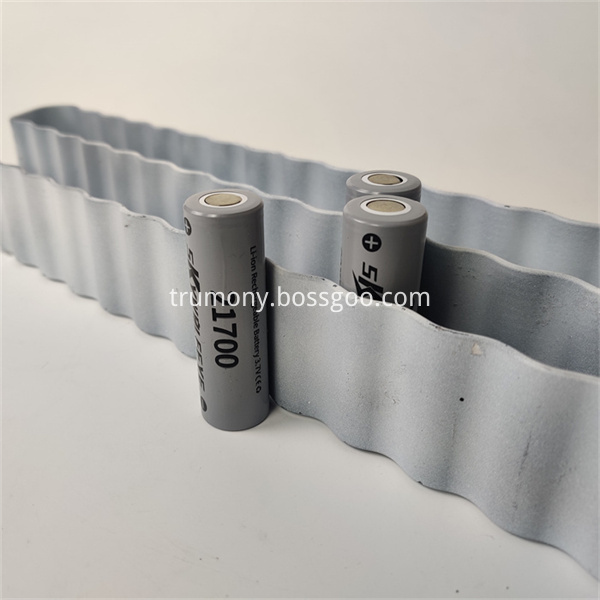Hydrometallurgical pretreatment include raw ore, ore extraction, solid - liquid separation, solution purification, enrichment and separation, the metal or compound prepared removed from the solution, leaching the slag and waste disposal units or the like during operation :
First, the pretreatment of ore raw materials
The pretreatment of ore raw materials includes ore crushing, sieving, grinding, grading, etc. Some ores need to be subjected to beneficiation enrichment and separation pretreatment, while some ores are subjected to calcination pretreatment, which is suitable for subsequent hydrometallurgy. extract.
Second, ore leaching
Ore leaching is the selective leaching of one or several useful ingredients in the ore raw material into the solution by atmospheric pressure leaching and pressure leaching, usually involving liquid-solid or gas- Liquid-solid heterogeneous reaction process.
Third, solid-liquid separation
Solid-liquid separation is the separation of the leachate from the leach residue, including multi-stage countercurrent washing, concentration, dehydration, filtration or centrifugation.
Fourth, the purification of the solution, enrichment and separation
It usually involves the purification of the leaching solution to remove impurities and the enrichment and separation of metals in the solution. The traditional methods include chemical precipitation, hydrolysis, and replacement. The new separation technologies include solvent extraction, ion exchange, and membrane separation techniques.
5. Remove metal or compound from solution
Common methods for breaking metal or compound from solution include electrolysis, chemical replacement, pressurized hydrogen reduction, etc., which usually involve a multiphase reaction process involving the formation and growth of a new phase.
6. Disposal of leaching slag and waste liquid
The proper disposal and stacking of solid leach slag, as well as the harmless treatment and discharge of waste liquid, all directly involve the issue of ecological environmental protection.
In addition to the above-mentioned hydrometallurgical processes related to the comprehensive utilization of mineral resources, hydrometallurgical technology has also expanded to areas such as the preparation of new materials, such as the preparation of new composite powders and the development of green metallurgical processes.
The subject of hydrometallurgy is mainly the physical chemistry and reaction engineering of hydrometallurgy. Hydrometallurgical physical chemistry includes thermodynamics, kinetics, electrochemistry, solution chemistry, solid structure chemistry, etc. The study of multiphase reaction kinetics can be considered as the core problem of hydrometallurgy. It involves liquid-solid, liquid-liquid and gas-liquid-solid reaction rates related to hydrometallurgy. Various influencing factors, control steps and reaction mechanisms are directly related to the strengthening and improvement of the hydrometallurgical process. Hydrometallurgical reaction engineering involves heat transfer, mass transfer and momentum transfer related to hydrometallurgical processes. Through experimental research and computer simulation and derivation, the relevant mathematical model is established, which is a new process of hydrometallurgy. The engineering development and application provide the necessary scientific basis.
Hydrometallurgy is an applied engineering discipline that crosses or interpenetrates with other disciplines to achieve new developments. Hydrometallurgy is closely related to geoscience, chemistry, physics and engineering, and its relationship is shown in Figure 1.

Figure 1 Relationship between hydrometallurgy and other disciplines
In general, the advantages of hydrometallurgy are mainly reflected in the following aspects:
(1) It can directly process low-grade materials, including low-grade primary sulfide ore or oxidized ore. It is also possible to treat certain off-site ore mines that have been abandoned in the past and to recover some low-level secondary recycled metal resources.
(2) It can handle materials with complex composition. This is mainly based on the development and further improvement of some wet process purification and separation technologies.
(3) It can improve the comprehensive utilization rate of resources. While extracting the main metal, some of the associated rare metals or precious metals are recovered by wet synthesis, sometimes with economic benefits even exceeding the extracted main metal.
(4) It can reduce the pollution of the SO 2 -containing flue gas discharged from the pyrometallurgical process, and it is easier to achieve cleaner production.
Of course, hydrometallurgy also has some difficulties, such as the relatively long process flow of hydrometallurgy, relatively low unit production capacity, relatively large equipment, sometimes relatively high energy consumption, and disposal problems of waste liquid and waste residue. These are also issues that hydrometallurgists need to pay attention to and further improve. For example, strengthening existing hydrometallurgical processes, developing new technologies and equipment for energy conservation and consumption reduction, effectively using new separation methods and technologies, developing highly efficient hydrometallurgical multiphase reactors, research and development of non-polluting wet cleaning Production processes, etc., to promote the continuous improvement and improvement of the hydrometallurgical process.
Our Trumony designs, makes and distributes heat exchangers for battery packs. For the prismatic cells what we provide the solution is aluminum brazing water cooling plates. The water liquid cold plates are generally made by 2 aluminum sheets what are upper plate and down plate. The upper plates are shaped with flow channel through stamping process, and then combined with down plate by laser spot welding and brazing processes. In addition,the cooling plate is with inlet& outlet. When the water/glycol as the coolant liquid flow in the channel , the heat will be transferred to realize battery cooling.



cooling water pipe,heat pipe cooler,heat pipes for electronics cooling
Trumony Aluminum Limited , https://www.szaluminumplate.com